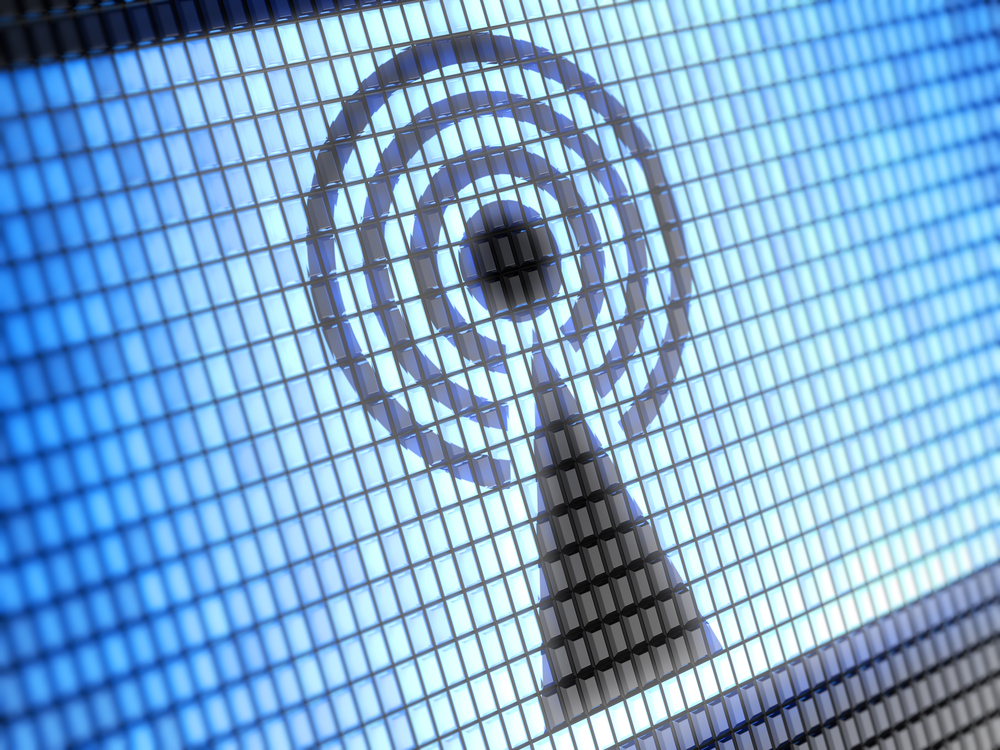
The number of wireless network outages increased from 189 in 2009 to 1,079 in 2016, making safety-related communications like calling 911 and receiving weather alerts increasingly unavailable to the public, a recent Government Accountability Office (GAO) review found.
The increase in wireless network outages could mostly be attributed to rapid growth in the number of wireless customers and in the scale of wireless infrastructure over that time, the Federal Communications Commission (FCC) said. Nearly all outages were attributed to a physical incident, with accidents accounting for 75 percent and natural disasters accounting for 25 percent or outages.
“Power failures and failures in other providers’ networks also play a role in wireless outages attributed to physical incidents,” GAO stated. “For instance, carriers reported that 87 percent of wireless outages attributed to a physical incident were due to a failure in another provider’s network on which they rely.”
Given the rise in outages, the GAO has recommended a series of steps for the FCC bolster the resiliency of wireless networks. The FCC chairman should work with wireless providers to develop “specific and measurable” resiliency objectives, develop a plan to monitor outputs, and promote awareness of the Wireless Network Resilience Cooperative Framework, GAO recommends.
Established by a wireless industry coalition, the Wireless Resilience Cooperative Framework enables carriers to roam on each other’s networks during outages and to publish statistics about network performance during emergencies. The FCC pledged to engage the coalition to implement the framework, but the commission has “limited formal plans” to oversee or promote awareness of it, the GAO review concludes.
“More robust measures and a better plan to monitor the framework would help FCC collect information on the framework and evaluate its effectiveness,” GAO stated. “Such steps could help FCC address any challenges or decide whether further action is needed. Also, by promoting awareness about the framework, FCC would help public safety officials and other industry participants to be well positioned to use the framework to help them prepare for or respond to emergency events.”




